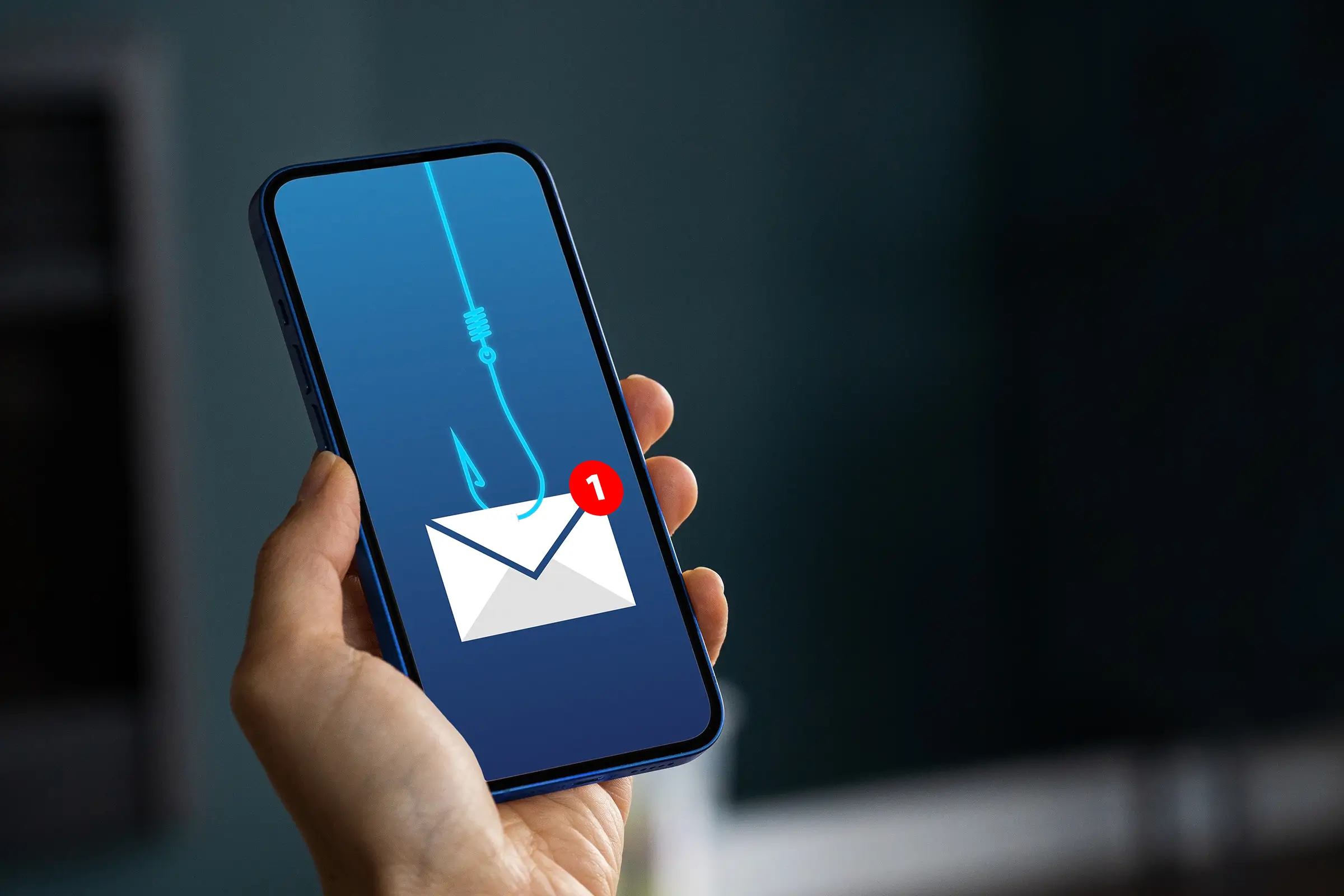
Phishing scams stand as one of the most dominant and effective forms of cyberattacks, posing a significant threat to businesses. Recognizing the potential risks these phishing attacks present is vital. Failure to have a firm grasp on how these scams operate, puts businesses at risk of becoming the next target.
Grab your favorite beverage and let's examine the purposes of phishing emails, outline the different types of phishing scams, and review methods of safeguarding data and access to it.
The Underlying Motives of Phishing Emails
Phishing emails are a tool of cybercriminals to trick victims into actions that compromise their security, such as unauthorized fund transfers, password disclosure, malware installations, or the exposure of confidential information. The objectives of phishing efforts are universal: to pilfer your financial assets and data.
- Monetary Deception: The primary goal of a phishing expedition is financial gain. Attackers employ various strategies, including business email compromise (BEC) and ransomware, to conduct fraudulent transactions or demand ransoms.
- Data Intrusion: To a cybercriminal, your personal and financial information holds immense value. With access to your credentials, attackers can orchestrate financial fraud, deploy malware, or even trade your sensitive information on clandestine markets.
Stay Alert: Recognizing Phishing Lures
Maintaining vigilance is key. Here's what to watch out for:
- Links in emails urging a click should raise your suspicion. These links often lead to the deployment of malicious software aimed at data theft.
- Be cautious with emails guiding you to websites. Such sites may be set up to harvest personal details like login information.
- Emails with attachments require careful inspection. They may contain hidden malware posing as routine documents or messages.
- Urgent requests for action, like immediate fund transfers, should be approached with skepticism. Always verify the legitimacy of such requests.

The Evolution of Phishing Scams
Phishing tactics are continually refined and can impact organizations of any size. Beyond emails, attackers also use text messages, phone calls, and social media to widen their net.
- Spear Phishing: Targeted emails that are highly customized to trick recipients into revealing sensitive data or to distribute malware.
- Whaling: A specialized form of spear phishing aimed at senior executives, mimicking legitimate requests to extract financial or personal information.
- Smishing: A growing threat where text messages, purportedly from reliable sources, are used to swindle recipients out of sensitive information or money.
- Vishing: Fraudulent phone calls impersonating credible institutions or acquaintances to solicit personal data.
- Business Email Compromise (BEC): This strategy involves the use of genuine-looking emails to mislead employees, especially those in executive positions, into making unauthorized financial transactions.
- Angler Phishing: Predominantly targeting social media users, this scam uses fake service accounts to dupe users into disclosing sensitive data, often affecting customers of financial and e-commerce businesses.
- Brand Impersonation: Attackers mimic well-known businesses through emails, texts, calls, and social posts to deceive customers into sharing personal information, potentially damaging the company’s reputation.
Enhancing Your Email Security
Emails play a crucial role in your business's success. Implementing best practices and security measures can seem daunting, which is why partnering with a specialized IT service provider is often the best course of action. NetWorks offers the expertise and tools that help shield your business from cyber threats, allowing you to focus on your core operations. Is your current IT provider helping you remain proactive against phishing attacks? Contact us today to schedule a free consultation!
For immediate tips on securing your email, download our eBook, Your Guide to Email Safety, offering actionable advice to bolster your email defenses and navigate through potential cybersecurity pitfalls.
